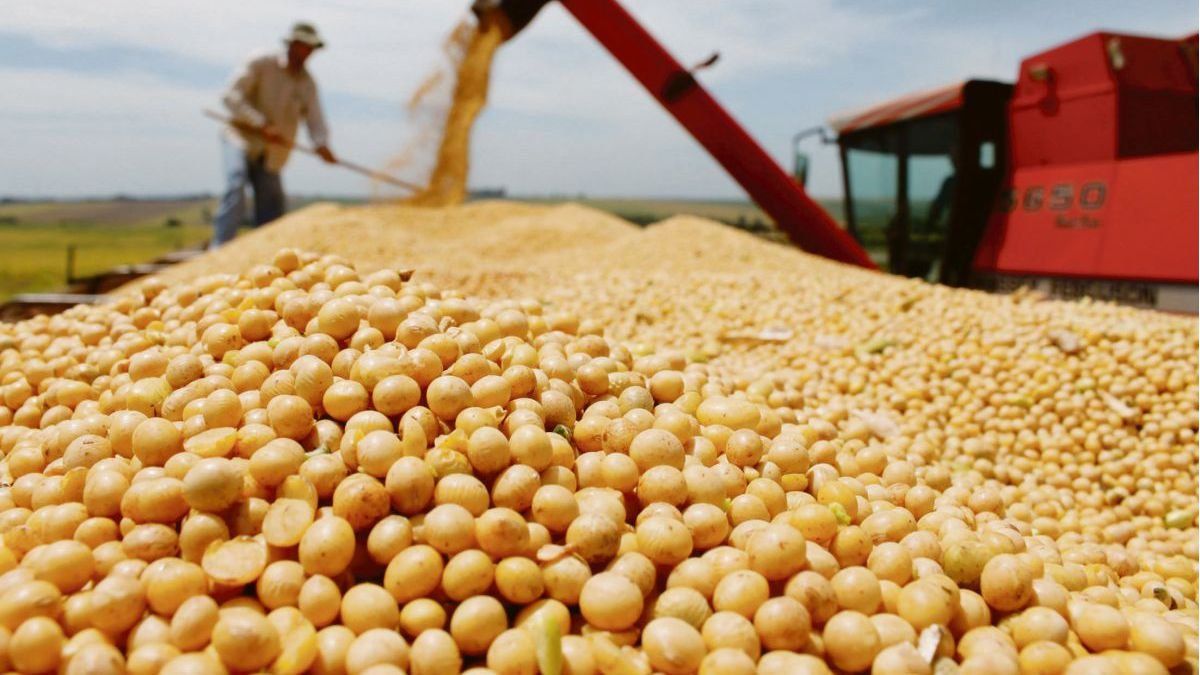The recovery in the price of soybeans in the international market could help agricultural producers accelerate sales of the 2022 harvest that they still keep in their silos. According to official statistics, there are still some 23 million tons left to be sold from the campaign that ended in 43.3 million tons.. As explained in the sector, to the extent that the exchange market calms down, the gap between the official exchange rate and the parallel ones decreases and while the Government removes ghosts of a possible devaluation, the logical thing would be for farmers to continue selling soybeans with fluidity In the next weeks.
Among the fundamentals that led soybeans to rise again, the dry weather in the United States stands out, which would affect the oilseed campaign in that country. Another data that was presented as bullish is the possibility that this Tuesday the USDA will reduce its estimates on the harvest and on final stocks of US soybeans 2022/2023 in its monthly report.
This scenario was also a corollary for corn to end the day with a new rise in the international market, in this way the cereal climbed 0.38% (US$1.18) and positioned itself at US$307.56 per ton. “The continuation of the war in Ukraine and the uncertainty about production and exports in the world’s fourth-largest supplier of corn added to the upward trend in prices and help cushion the pressure exerted by the advance of the harvest in Brazil,” They explained from the Granar corridor.
In turn, in the local market, unloaded corn was negotiated at US$240 in Rosario, while in the south, available grain reaches US$245.
For its part, Wheat experienced a negative day after losing US$13 per ton to close the wheel at US$310. Although the drop is very significant, the winter grain still remains at maximum values, something key for Argentina that is in full sowing with adverse weather conditions that reduced the area to 6.2 million tons.
“Beyond the pressure due to the advance of the harvest in the United States and in the rest of the great exporters of the Northern Hemisphere, which is still in force, the currency market played an important role in the negative evolution of the market, given the strength of the dollar index and the devaluation of the euro, which places the parity with the US currency at the lowest level since November 2002. This, in a heterogeneous market in terms of exporters such as that of wheat, gives greater competitiveness to the external sales of the countries of the European Union, to the detriment of the United States”, detailed Granar.
Source: Ambito
David William is a talented author who has made a name for himself in the world of writing. He is a professional author who writes on a wide range of topics, from general interest to opinion news. David is currently working as a writer at 24 hours worlds where he brings his unique perspective and in-depth research to his articles, making them both informative and engaging.




